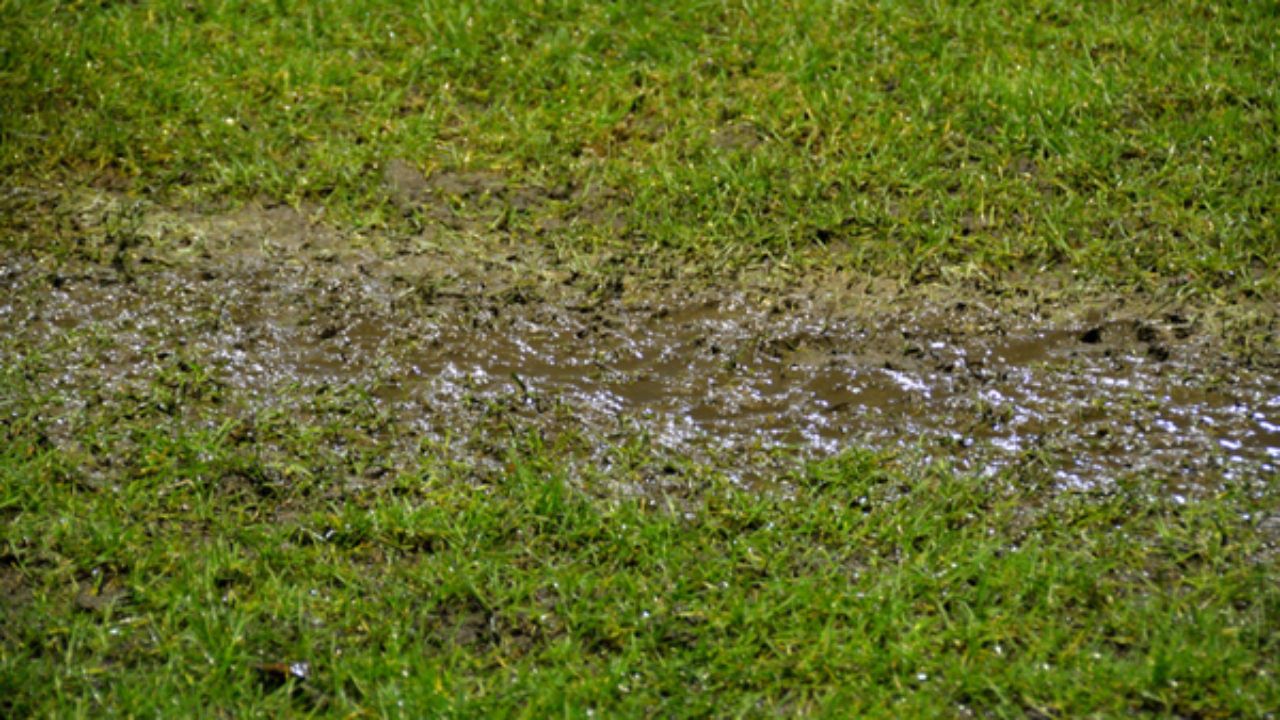How to Examine If Your Home Has a Surprise Leak
How to Examine If Your Home Has a Surprise Leak
Blog Article
Listed here in the next paragraph you might get a good deal of outstanding advice around Finding hidden leaks.

Early discovery of leaking water lines can reduce a prospective disaster. Apart from saving you cash, it will decrease the worry and also stress. The moment you find a leak, calling your plumber for repair work is the best option. Some tiny water leakages may not be noticeable. If you can not discover it with your naked eyes, right here are some hacks that help.
1. Examine the Water Meter
Every residence has a water meter. Examining it is a surefire way that helps you find leaks. For starters, shut off all the water resources. Make sure no one will purge, use the tap, shower, run the cleaning equipment or dish washer. From there, go to the meter and watch if it will certainly change. Given that no person is utilizing it, there should be no motions. That indicates a fast-moving leak if it moves. Similarly, if you detect no changes, wait a hr or 2 as well as check back once more. This implies you may have a slow-moving leak that can even be underground.
2. Check Water Consumption
If you identify abrupt changes, despite your usage being the same, it means that you have leaks in your plumbing system. An unexpected spike in your costs shows a fast-moving leakage.
At the same time, a constant rise on a monthly basis, even with the exact same routines, reveals you have a slow-moving leak that's likewise slowly escalating. Call a plumber to extensively inspect your residential or commercial property, especially if you feel a warm area on your floor with piping beneath.
3. Do a Food Coloring Test
When it comes to water consumption, 30% comes from commodes. If the shade somehow infiltrates your bowl during that time without flushing, there's a leakage in between the storage tank and dish.
4. Asses Outside Lines
Don't neglect to inspect your exterior water lines as well. Must water seep out of the link, you have a loose rubber gasket. One small leak can lose loads of water and also increase your water costs.
5. Examine and Analyze the Circumstance
Home owners should make it a behavior to examine under the sink counters and also inside closets for any type of bad odor or mold and mildew development. These 2 warnings show a leak so punctual focus is needed. Doing regular assessments, even bi-annually, can save you from a major trouble.
If you understand your home is currently old, maintain a careful eye on your heaters, pipes, pipelines etc. Look for stainings and deteriorating as most home appliances and pipelines have a life span. They will certainly also naturally deteriorate as a result of tear and put on. Don't wait for it to rise if you think leaking water lines in your plumbing system. Call a professional plumber right away so you don't end up with an awful mess in your home.
Early detection of leaking water lines can alleviate a prospective catastrophe. Some small water leaks might not be visible. Inspecting it is a surefire means that assists you uncover leakages. One small leakage can throw away heaps of water as well as increase your water bill.
If you suspect leaking water lines in your plumbing system, don't wait for it to escalate.
WARNING SIGNS OF WATER LEAKAGE BEHIND THE WALL
PERSISTENT MUSTY ODORS
As water slowly drips from a leaky pipe inside the wall, flooring and sheetrock stay damp and develop an odor similar to wet cardboard. It generates a musty smell that can help you find hidden leaks.
MOLD IN UNUSUAL AREAS
Mold usually grows in wet areas like kitchens, baths and laundry rooms. If you spot the stuff on walls or baseboards in other rooms of the house, it’s a good indicator of undetected water leaks.
STAINS THAT GROW
When mold thrives around a leaky pipe, it sometimes takes hold on the inside surface of the affected wall. A growing stain on otherwise clean sheetrock is often your sign of a hidden plumbing problem.
PEELING OR BUBBLING WALLPAPER / PAINT
This clue is easy to miss in rooms that don’t get much use. When you see wallpaper separating along seams or paint bubbling or flaking off the wall, blame sheetrock that stays wet because of an undetected leak.
BUCKLED CEILINGS AND STAINED FLOORS
If ceilings or floors in bathrooms, kitchens or laundry areas develop structural problems, don’t rule out constant damp inside the walls. Wet sheetrock can affect adjacent framing, flooring and ceilings.
https://www.servicemasterbyzaba.com/blog/how-to-detect-water-leakage-in-walls/

Do you like more info about Locating water leaks? Give feedback directly below. We would be glad to listen to your views about this page. Hoping that you come back again soon. Enjoyed reading our posting? Please share it. Help someone else find it. Thanks a lot for your time invested reading it.
Report this page